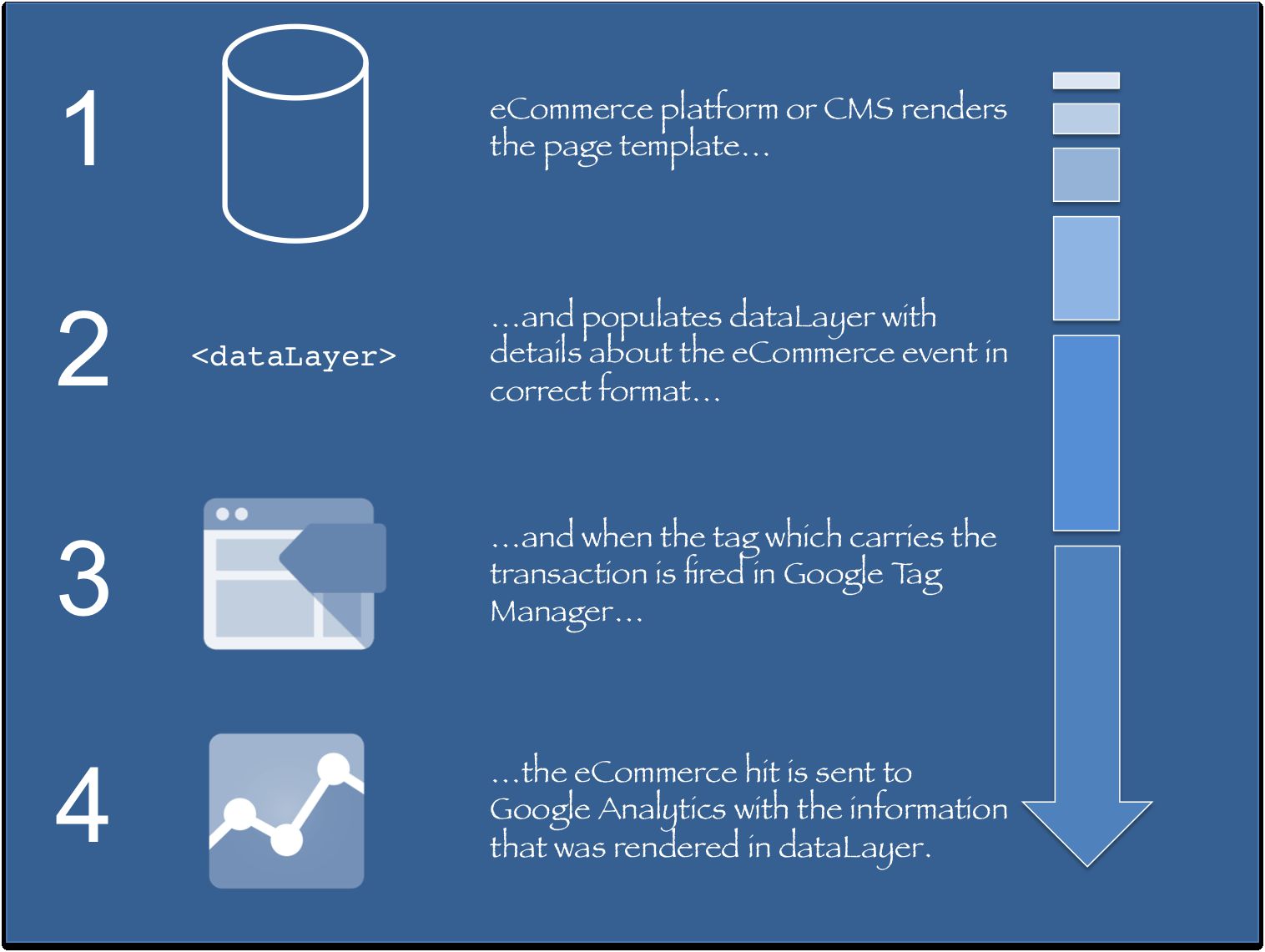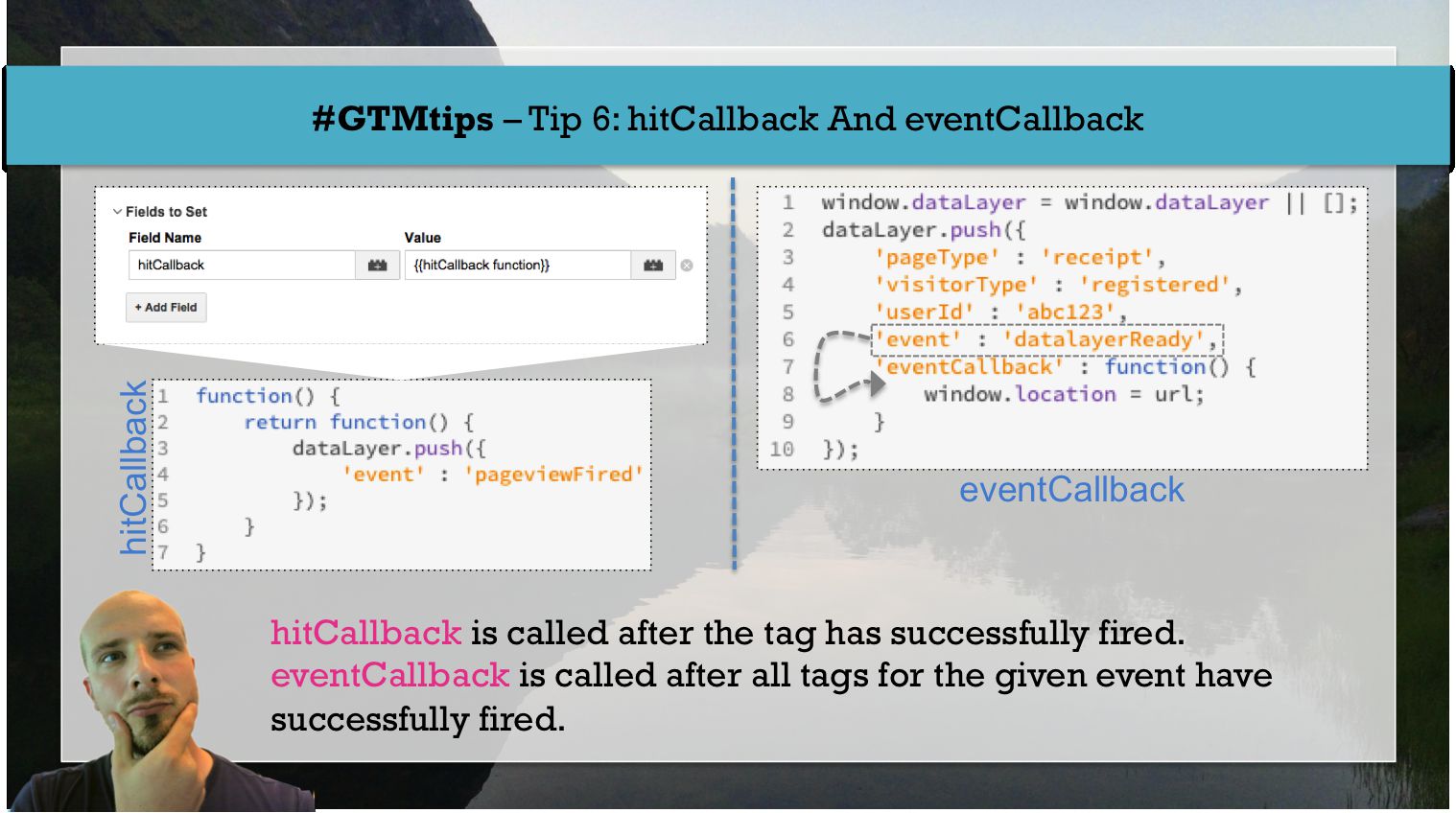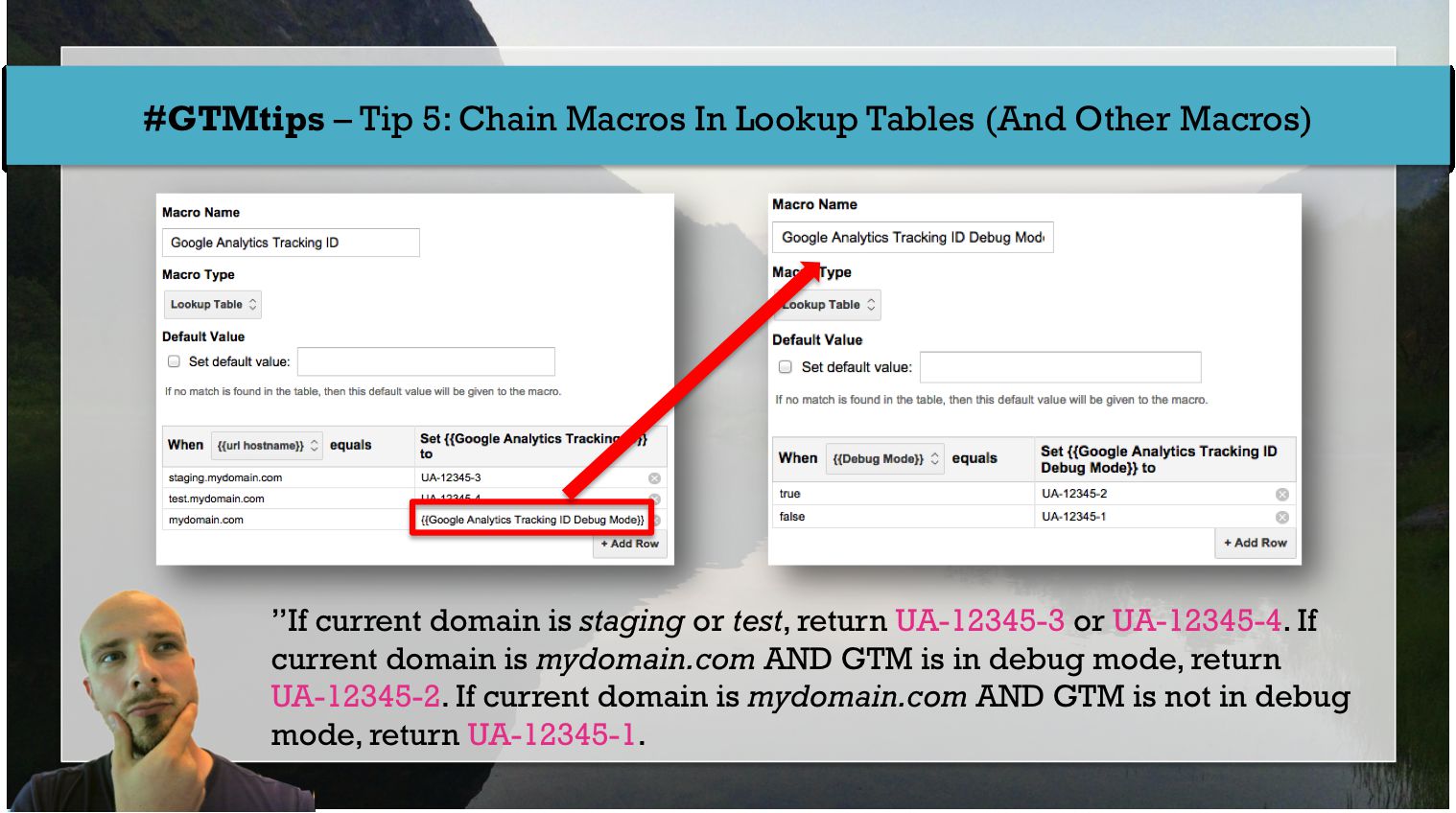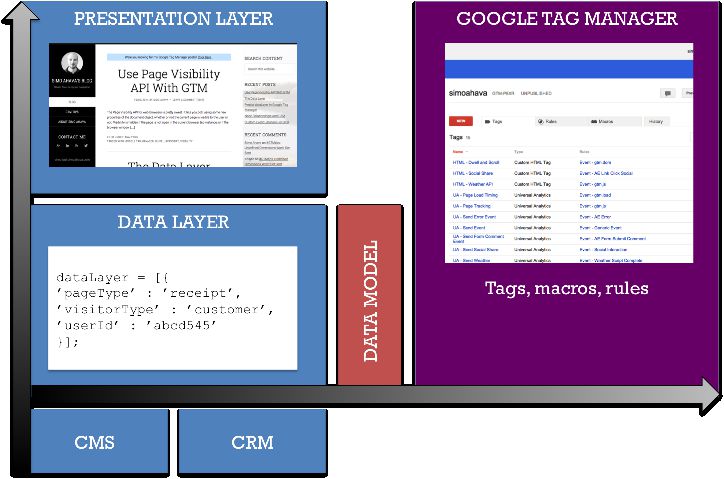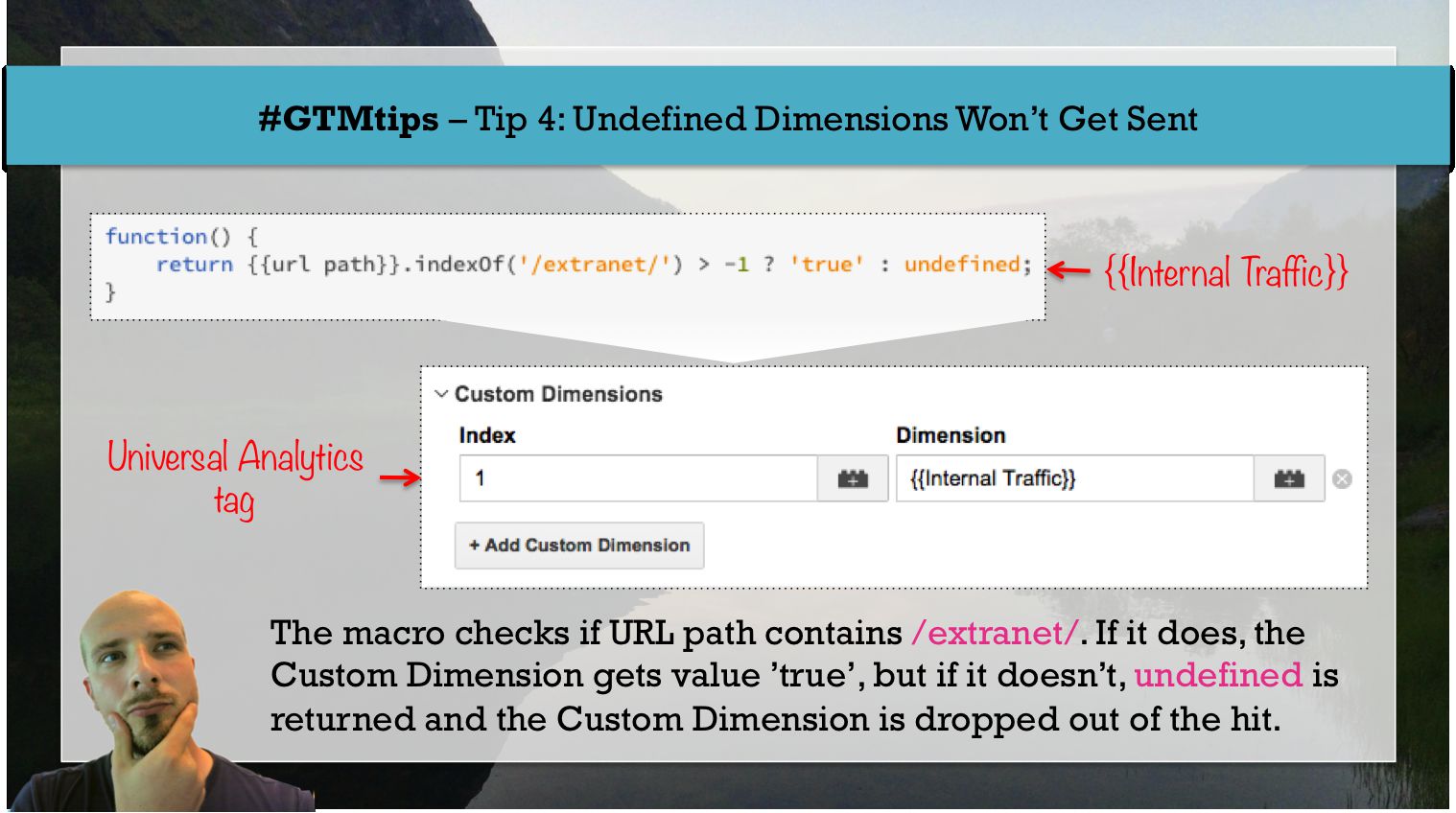I’ve noticed that setting up eCommerce in Google Tag Manager (and now the new Enhanced ecommerce) is very difficult for many. I’m sure part of the problem is that eCommerce is for many users the moment that GTM forces you to take steps in to the developer’s domain, since it’s obvious that you’ll need to add some code to the web page.
This isn’t a tutorial on how to do eCommerce in Google Tag Manager.
